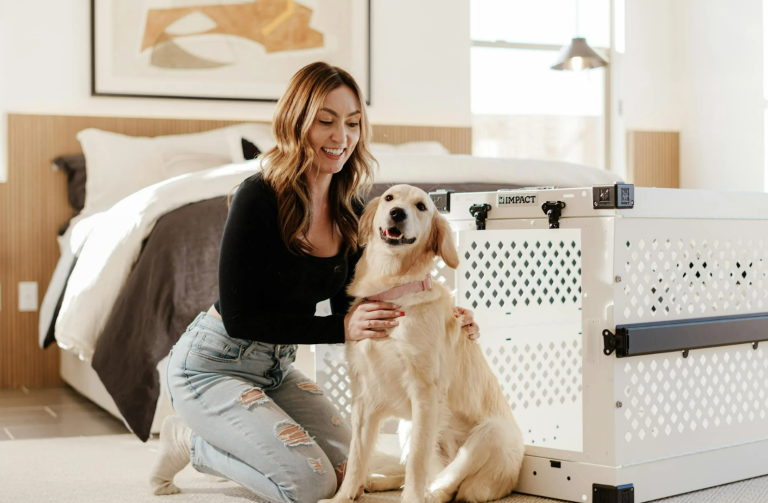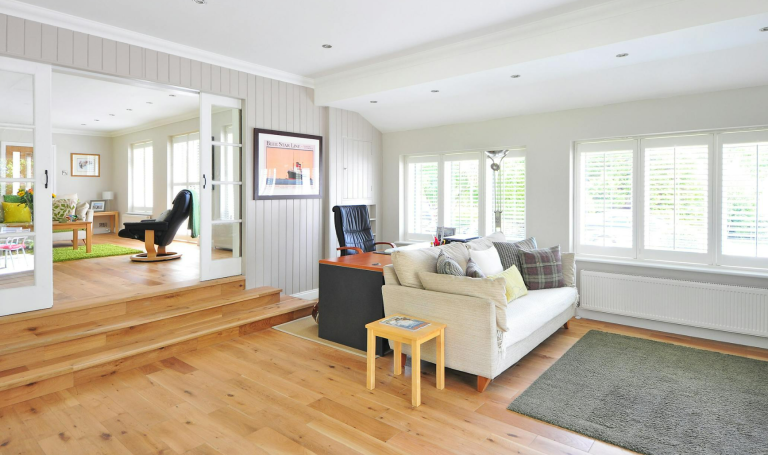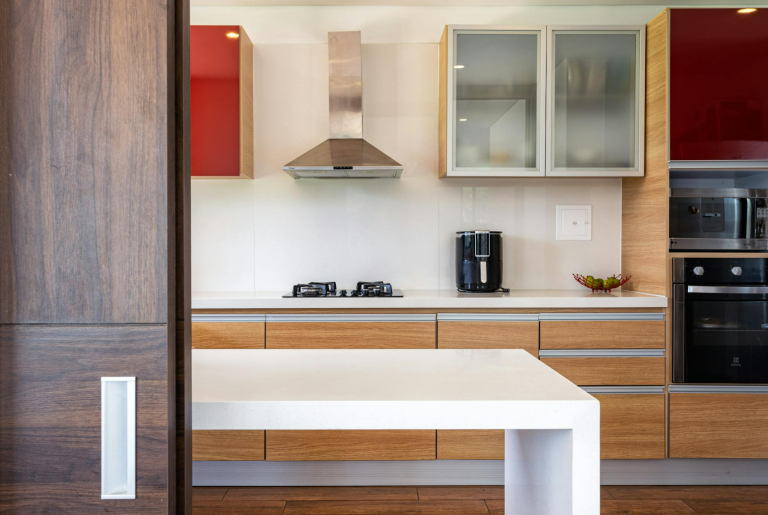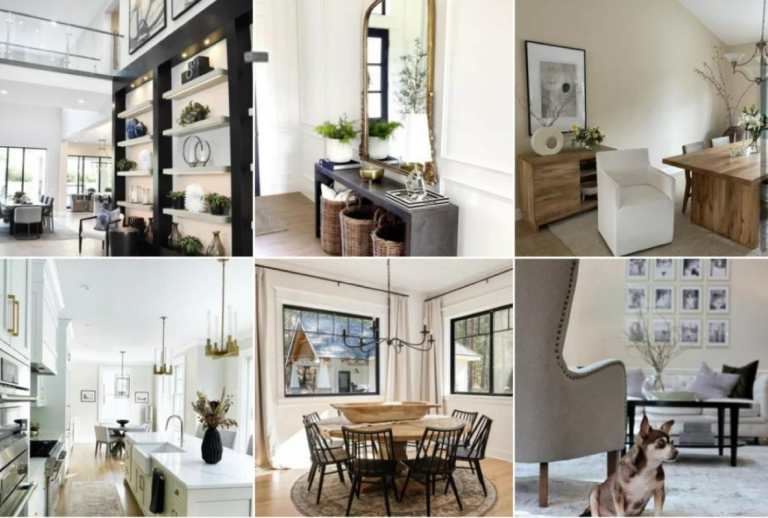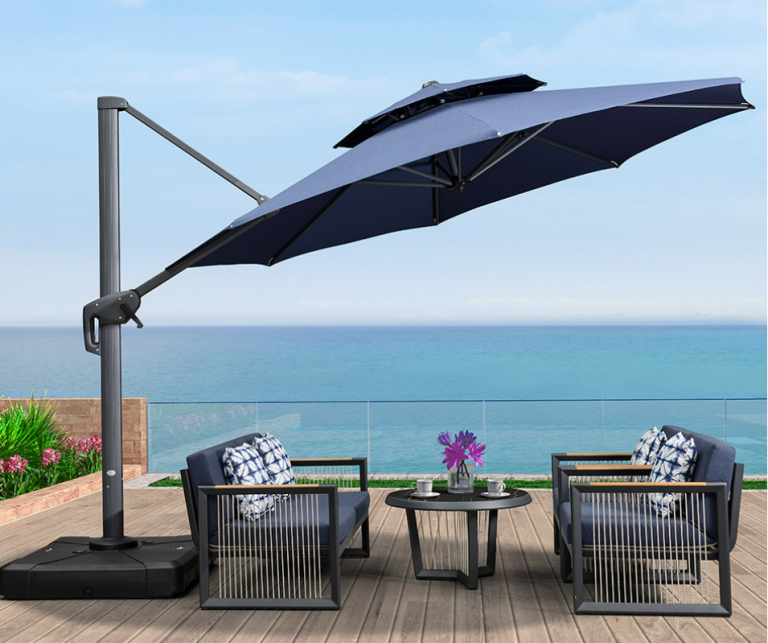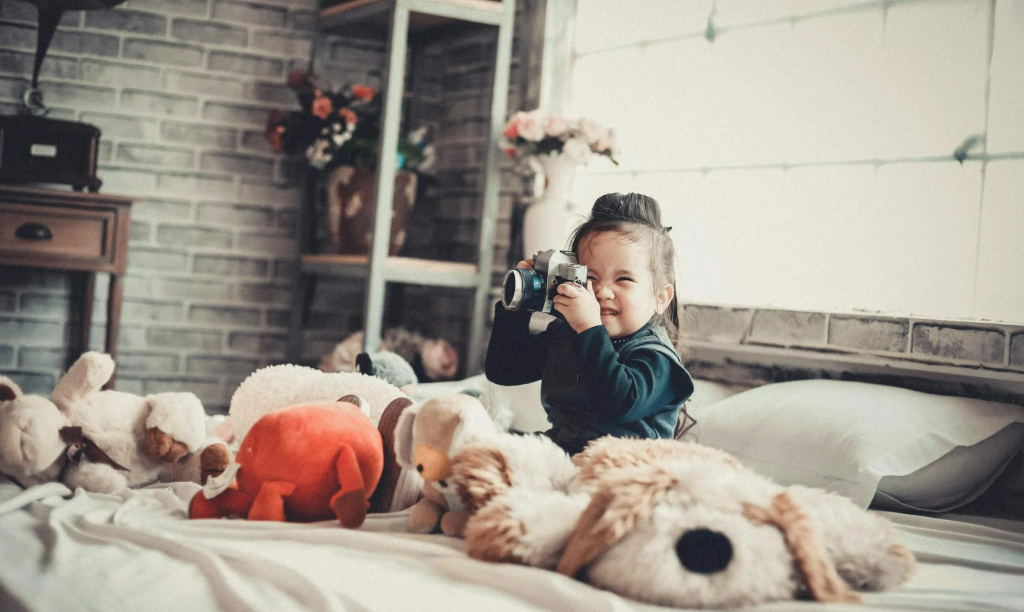

Organizing Children’s Rooms: Cultivating Children’s Organizational Habits
Introduction: The Chaos-to-Calm Transformation
Ever tripped over a Lego brick at 2 AM? You’re not alone. Studies show kids’ rooms rank as the #1 clutter hotspot in homes. But here’s the twist: an organized space isn’t just about neatness—it boosts children’s focus by 40% and creativity by 30%. Let’s turn toy tornadoes into teachable moments.
Why Organization Matters for Kids
Cognitive Benefits
Clutter overloads young brains with visual noise, reducing attention spans. A UCLA study found organized rooms help kids complete homework 25% faster.
Life Skills
Sorting toys teaches categorization (math prep!), while tidying up fosters accountability. Pro tip: Labeled bins = early literacy practice.
Step 1: Decluttering with Purpose
The 90/10 Rule
Have kids choose 10% of toys to donate—this minimizes overwhelm and builds empathy. For sentimental items, photograph them before letting go.
Step 2: Kid-Friendly Storage Solutions
Color-Coded Systems
Assign red for arts/crafts, blue for books. Even toddlers can match items to colors—no reading required.
Toy Hammocks
Install corner nets for stuffed animals. Bonus: They double as whimsical decor.
Step 3: Zone-Based Room Design
Study Nooks
Position desks near natural light. Use lap desks for small spaces—they’re 35% more ergonomic than dining tables.
Step 4: Involving Kids in the Process
Gamification
Race against a 5-minute timer to tidy up. Winner picks bedtime story@ref
Step 5: Maintenance and Routine
5-Minute Rule
Post-dinner tidy-ups prevent weekend marathons. Make it a ritual—like brushing teeth.
Common Mistakes
- Overstuffing bins: Leave 20% empty for easy access.
- Adult-height shelves: Kids should reach 80% of storage independently.
Conclusion: Raising Organized, Happy Kids
An organized room is a launchpad—not just for toys, but for life skills. Start small: tonight, try just labeling one bin together.
FAQs
- Best storage for tiny rooms?
Roller carts ($15 at IKEA) slide under beds and hold 50+ toys. - How to handle toy rotations?
Store 70% of toys out of sight; swap monthly to maintain novelty. - DIY labeling ideas?
Trace toy silhouettes on bins—perfect for pre-readers. - When to start organization habits?
Age 2-3: Sort blocks by color; age 5+: Assign weekly chores. - Tech tools to help?
Try “Cleaning Princess” app—kids earn stars for tidying virtual rooms.
